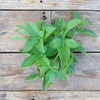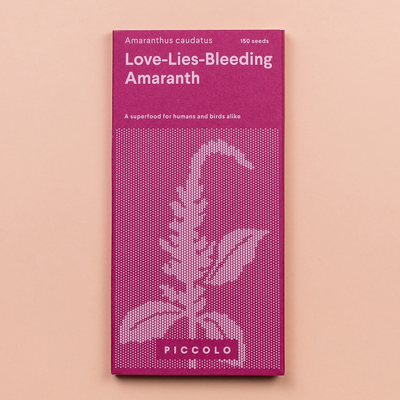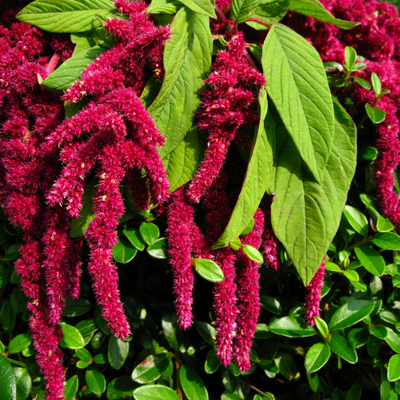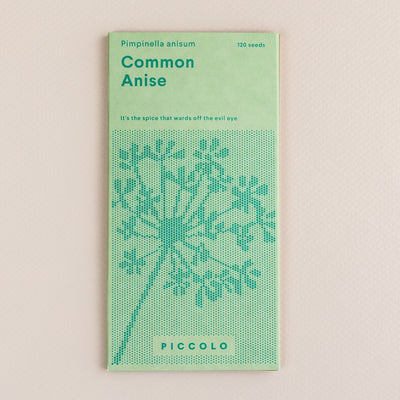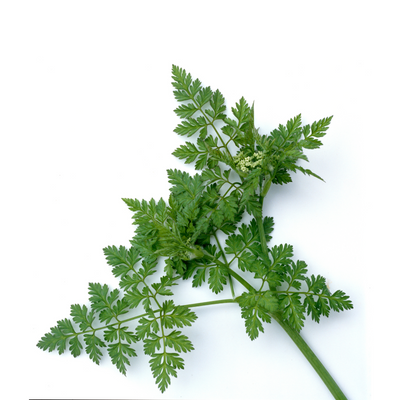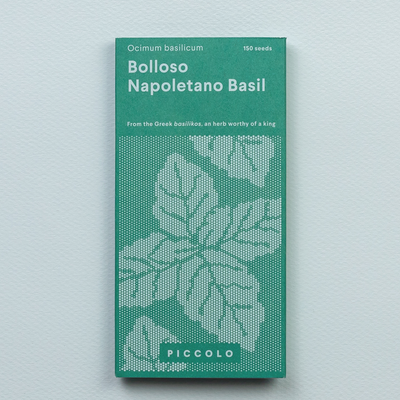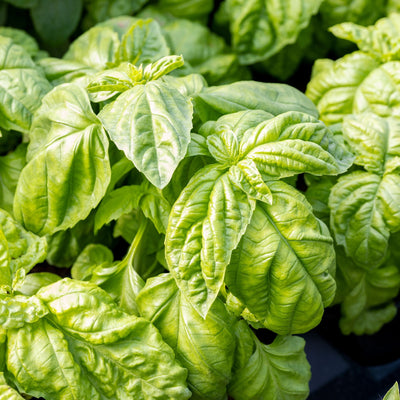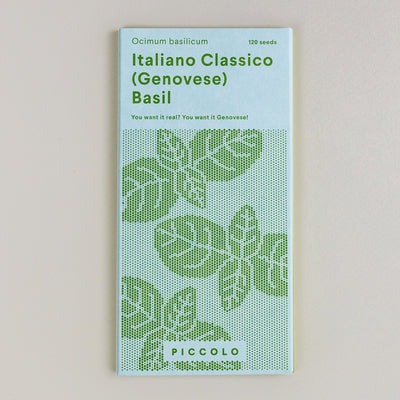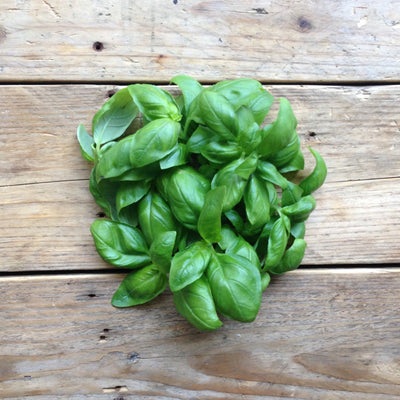Basil Mrs. Burns Lemon



Regular price €3.00
Mrs. Burns’ Lemon Basil is a legendary heirloom plant that has been grown since the 1920s, when it was owned by Mrs. Clifton of Carlsbad, New Mexico. She gave the seeds to Janet Burns, an organic gardener, who introduced the citrusy, aromatic herb to the world in 1939. Its intense lemony flavour meant that it became an instant hit with fine chefs and gardeners alike! The lemon-scented, light-green leaves can be used in cooking, eaten raw and even added to baked treats. Funnily enough, Mrs. Burns’ Lemon Basil (AKA Ocimum basilicum var. citriodora) is not actually a variety of lemon basil; it is a kind of sweet basil. And a total one off.
Details
Latin name
Ocimum basilicum
Name
Basil
Variety
Mrs. Burns Lemon
Quantity
60 seeds
Plant size
Height 40-60 cm
Width 20-40 cm
Container size
Height 20 cm
Width 20 cm
Companion plant
Tomatoes, peppers, oregano, parsley, garlic chives, alpine strawberries
How to grow
Sowing
Indoor Feb-Mar
Outdoor Apr-June
Timing
Germination 5-10 days
Harvesting 40-60 days
Spacing
When sowing 1-3 cm; Depth 0,5 cm
When thinning 3-5 cm
Growing
Sunligth Full sun to partial shade
Soil Well-drained, light and moist soil
Watering Regular watering, not overdone
Feeding Light feeder
Caring
Expert tip To promote a nice bushy plant with lots of lemon-scented leaves, prune this basil early and often by pinching off the upper set of leaves. Cut the flowers off to prevent the leaves from becoming bitter.
Supporting
Pollinators
Attracts bees and butterflies.
Pests
Repels aphids and mosquitoes. Improves the health of other plants (and people!).
How to eat
Harvesting
Pinch out leaves as you need them for your recipes. Use the remainder for a refreshing cup of herbal tea. As fresh basil wilts and loses both its colour and fragrance soon after harvesting, it is best to keep basil in a glass of water and in a cool, dry, dark spot.
Eating
Medicinal properties Refreshing and relaxing, basil stimulates appetite and lifts the mood.
How to eat Add Mrs. Burns’ vibrant lemony flavour generously to soups, sauces and marinades. Let the plant’s citrusy soul permeate your biscuits and cakes. Add half a cup of chopped leaves to a beurre blanc sauce to give a lemony touch to fish dishes.


